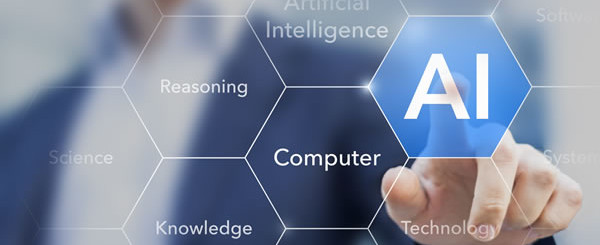Organizations have been familiar with Business Intelligence (BI) for many years. BI provides data and analytics to help business leaders make more informed decisions. We are seeing the evolution of Business Intelligence and it’s happening right before our eyes. Enterprise has been progressively entering an era ruled by data. Consequently, BI has evolved to include other types of analytics.
Descriptive Analytics
Reporting engines make up some of the most basic BI systems. They usually are designed to summarize data from business operations and shows what took place and the current state of the business. There’s a plethora of descriptive analytics from customer churn metrics to inventory statistics and competitive market share KPIs.
Predictive Analytics
Amid data overload, we have been thrust full force into the Big Data era. Companies are investing in tools to be able to mine the data and to aggregate it. However, it’s another story when users attempt to glean insights and value-added analysis from data in a way everyone can interpret. Predictive engines attempt to instill confidence in the data by using it to infer data that does not exist or is not easily available. Most commonly, predictive analytics can be used to forecast the future course of your data. A popular use case is predicting customer sentiments about your product.
Prescriptive Analytics
Big Data has pushed BI systems to mature into greater sophistication to embrace prescriptive analytics, which allows systems to recommend courses of actions based on optimizing certain objectives. These platforms may recommend products or services by automatically adjusting to our preferences or criteria. In the more advanced BI systems they may recommend actions to optimize business processes, marketing campaign effectiveness and other enterprise operations.
Prescriptive to Automated
Although BI systems have evolved substantially over the past decades they remain mostly anchored in non-interactive decision support due to too many tradeoffs imposed by the sheer volume of data. In other words, regardless of what analytics might suggest, traditional BI is no match for human experts and it is the human decision makers who always make the final decisions.
BI with AI
Next level BI systems have started incorporating cognitive engines and machine learning which may now approach results closer to their human expert counterparts. Rather than traditionally supporting the decision-making process, it is the automation of constantly changing business decisions and the appropriate execution of all subsequent actions, which is at the heart of Artificial Intelligence (AI). In fact, AI takes it to the next level by self-learning and even self-training with every decision made mimicking human experts.
In a faster paced, ever changing world of Big Data, uncertainties, shortage of data experts, importance of real-time, and the need to spend smartly, AI is becoming an asset in BI, which helps enhance our prescriptive analytics and drive greater profitability.
In this era when computing power may replace decision-making to a certain extent, AI will certainly impact the roles of those decision-makers. Those doing more repetitive work will more likely transition to the AI machine. This may push those in key roles to upgrade to more strategic and creative positions. They may also need to eventually become more knowledgeable in how the AI algorithms reach their conclusions.
Find out more about how NewIntelligence can help you get a start on AI with IBM Watson Analytics to gain access to deeper insights into your data by contacting us for a free consultation today.


Recent Comments